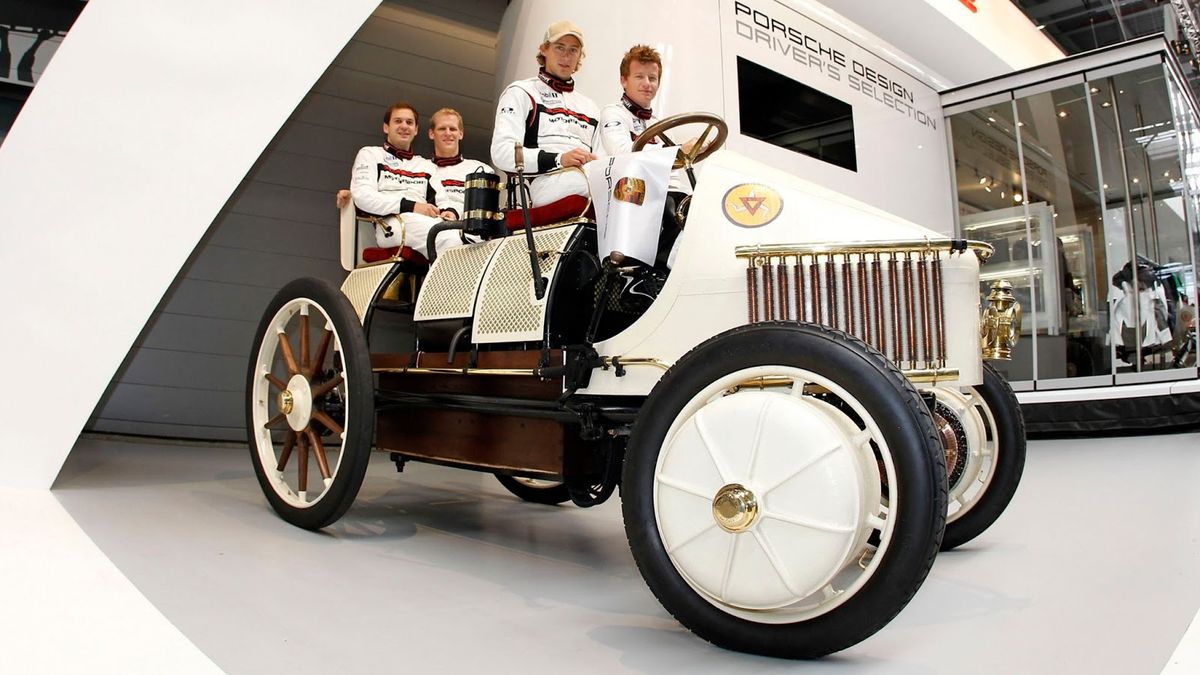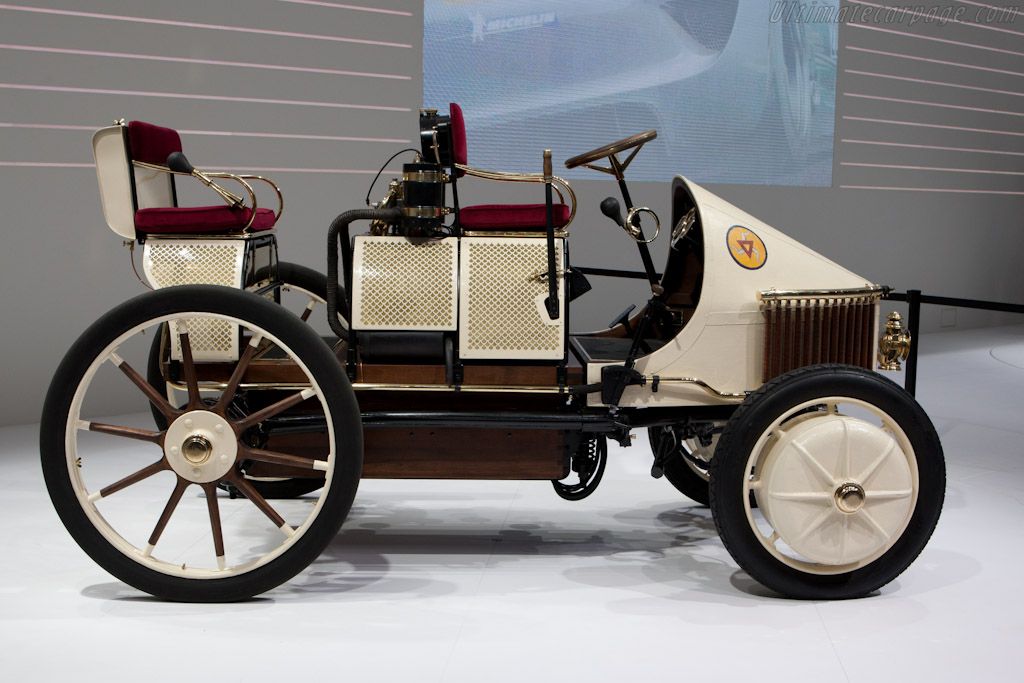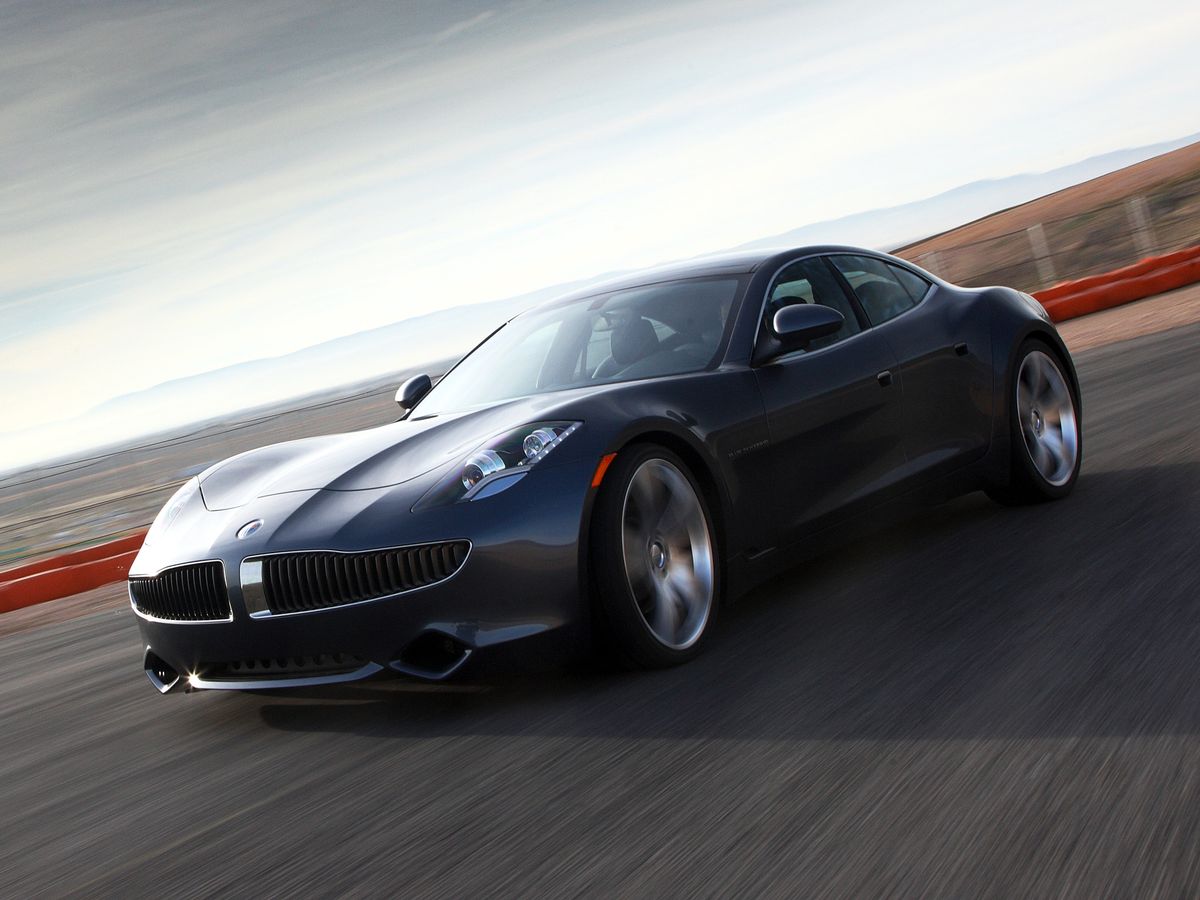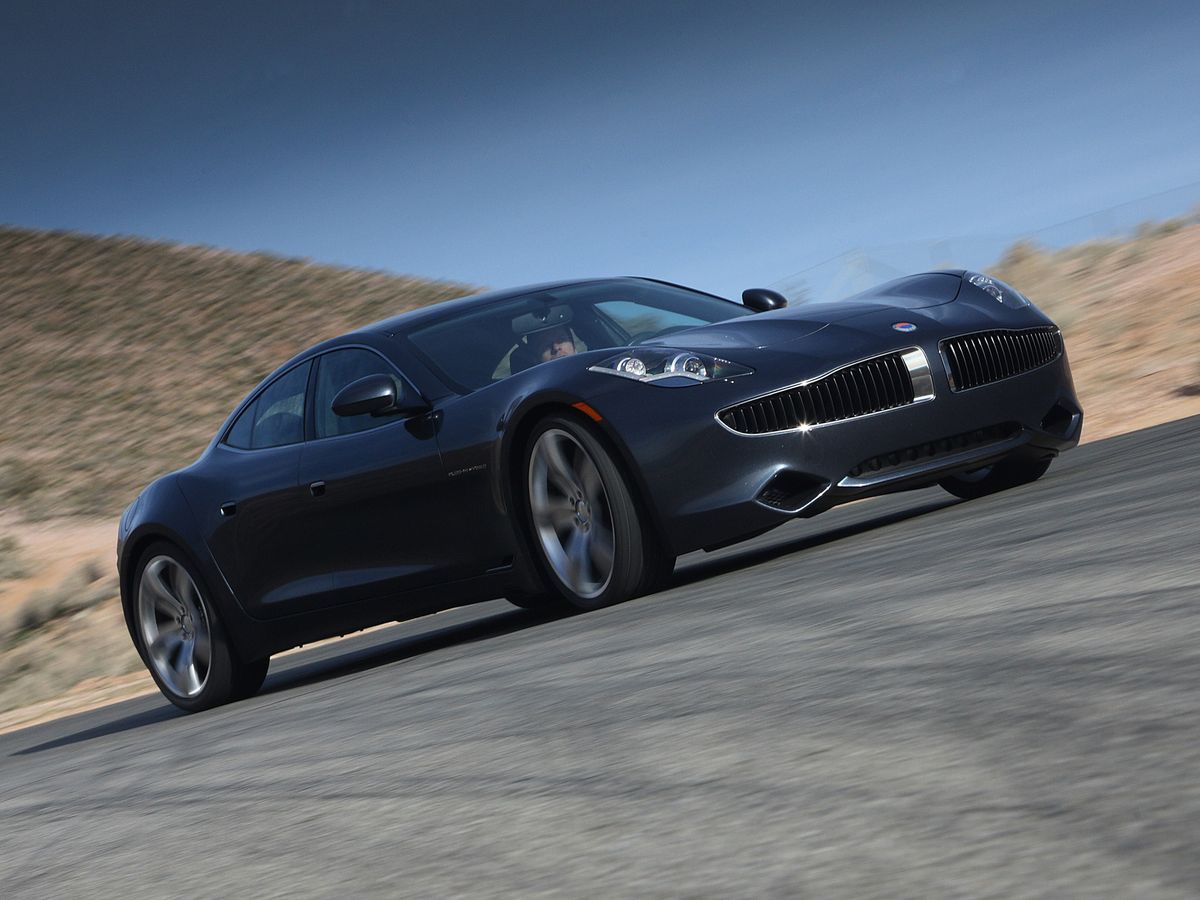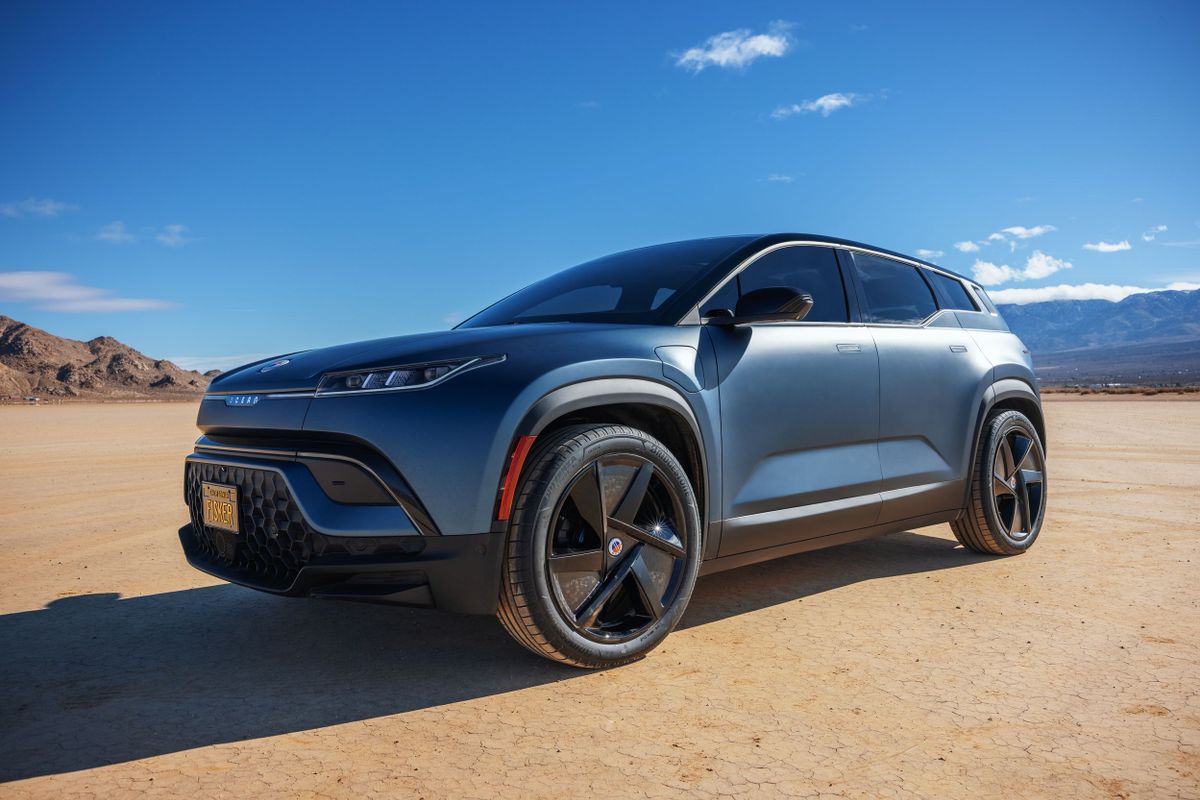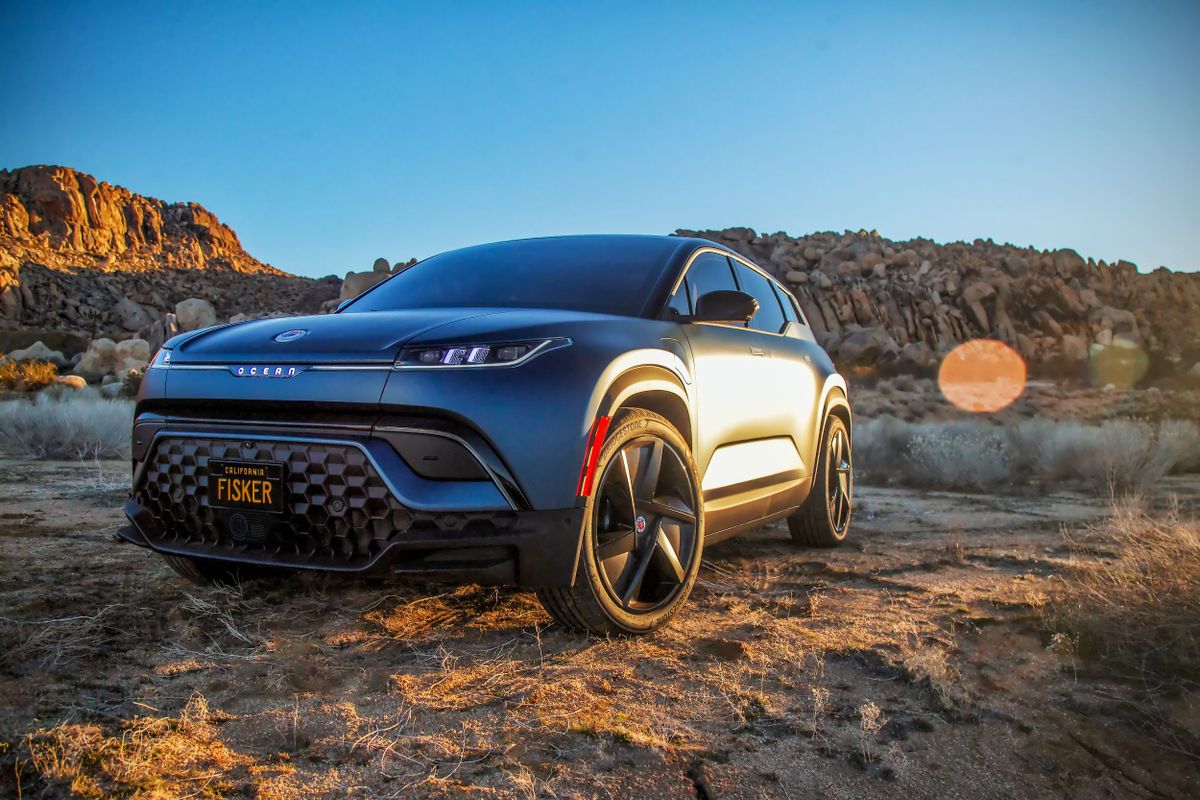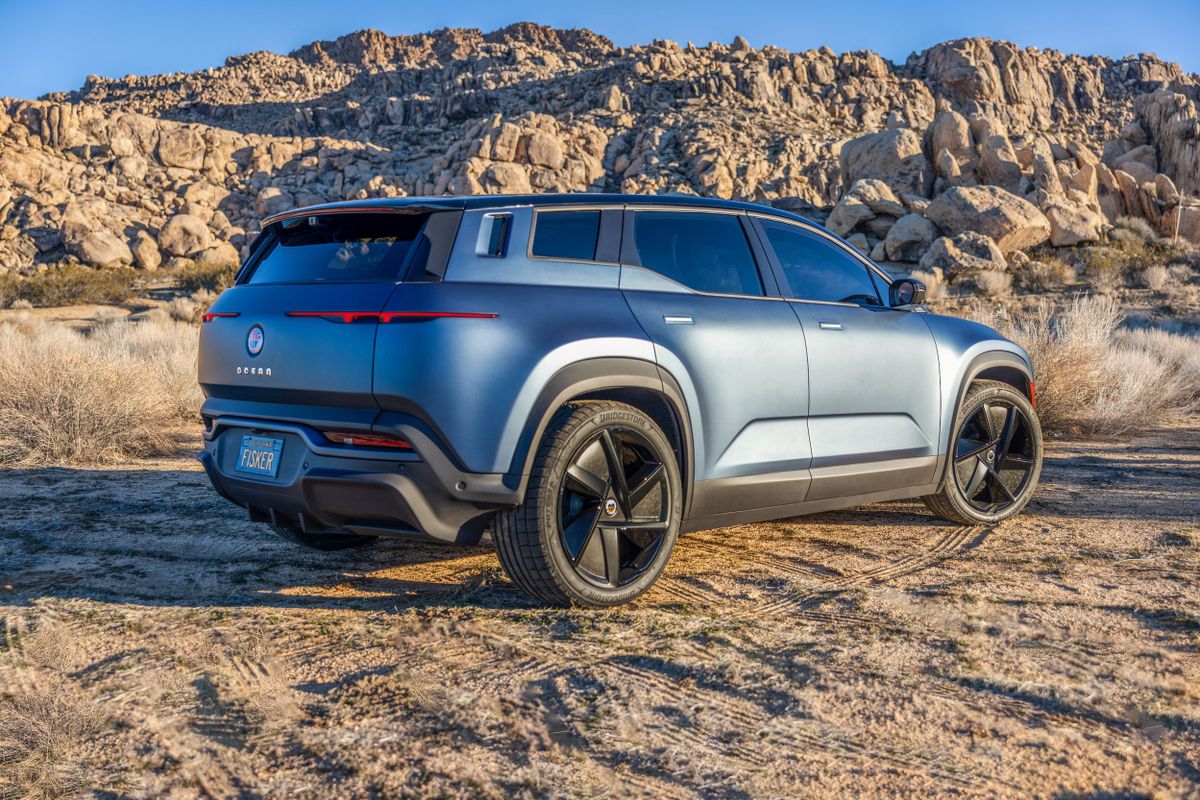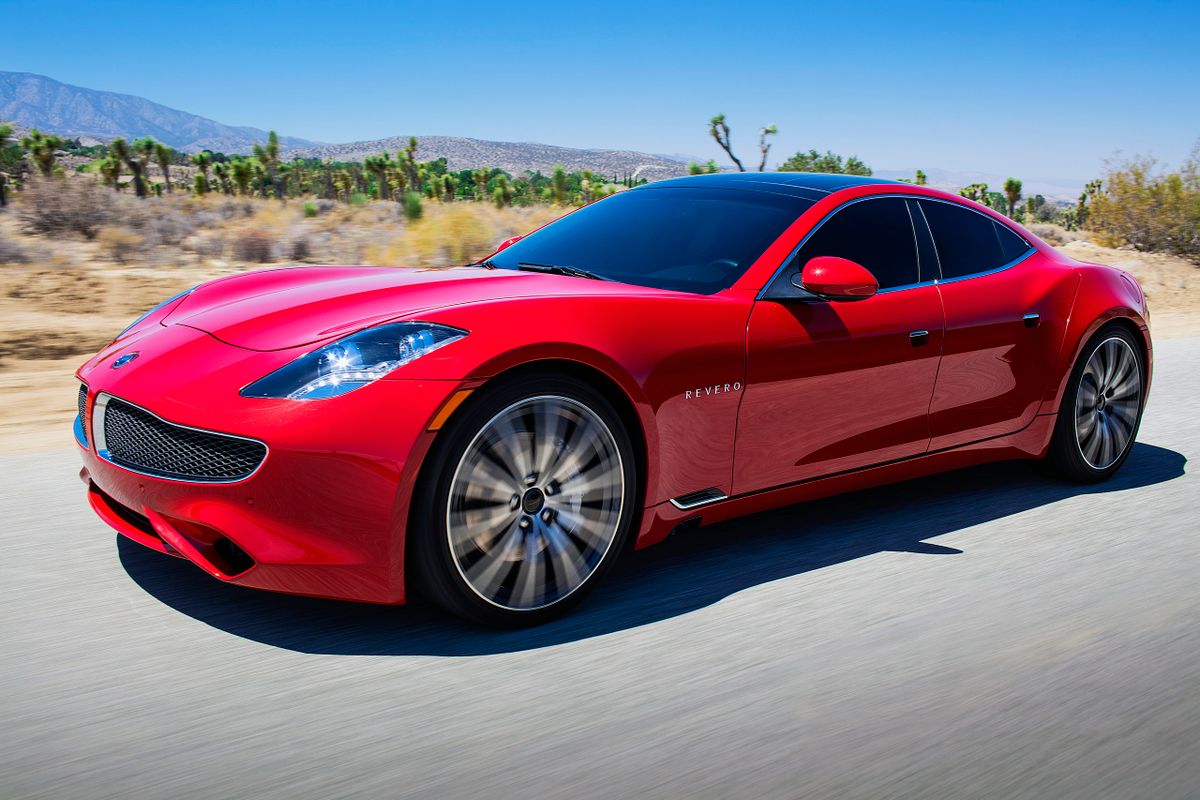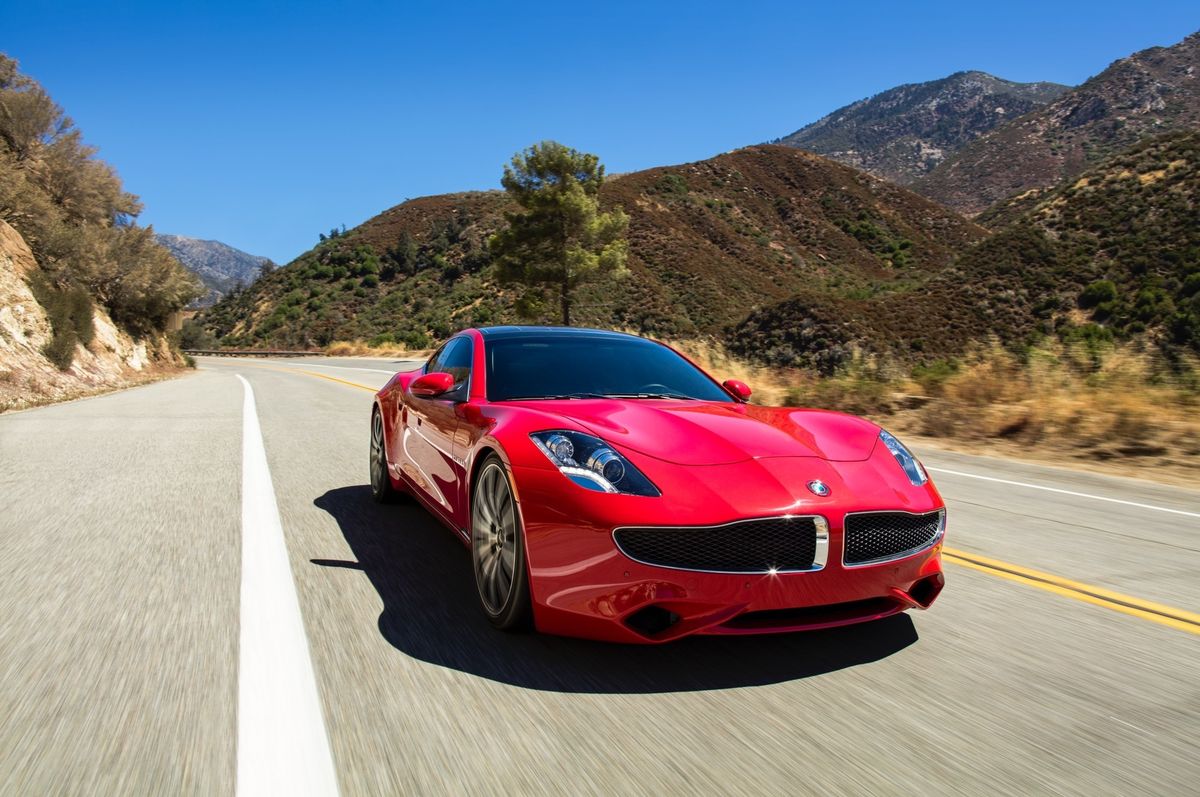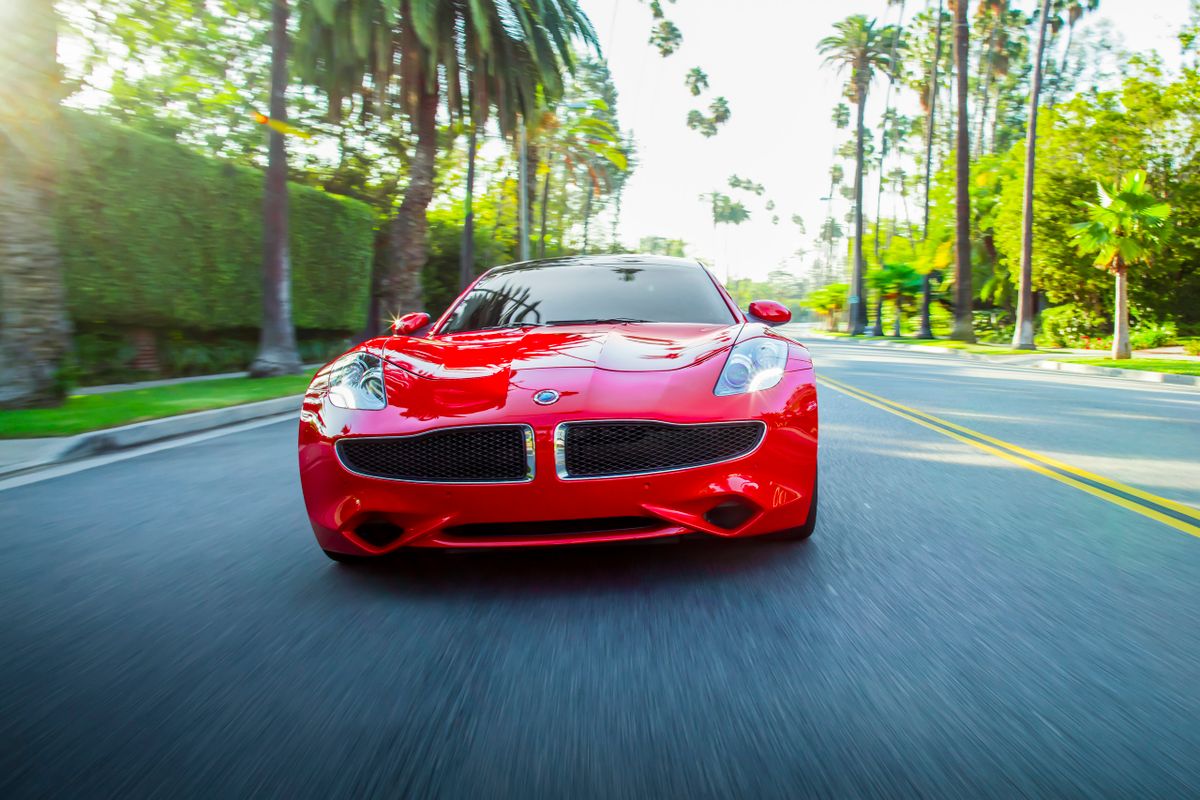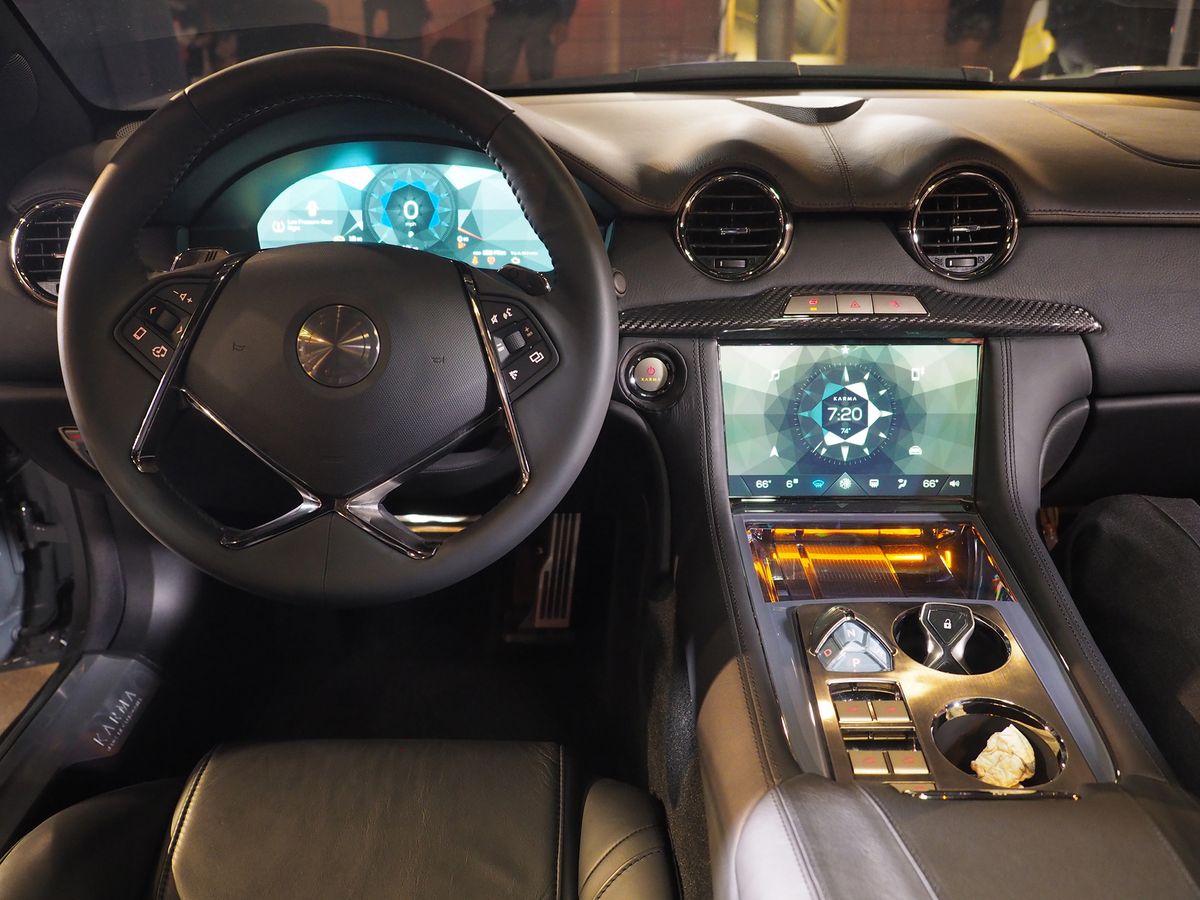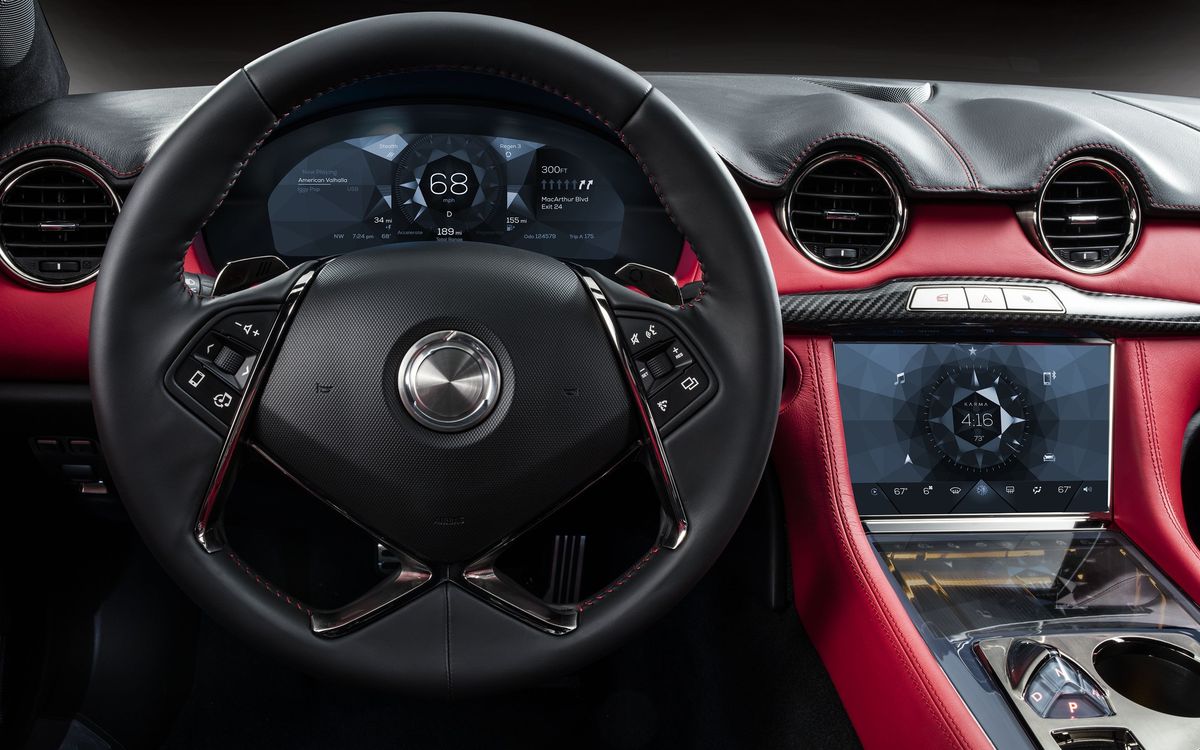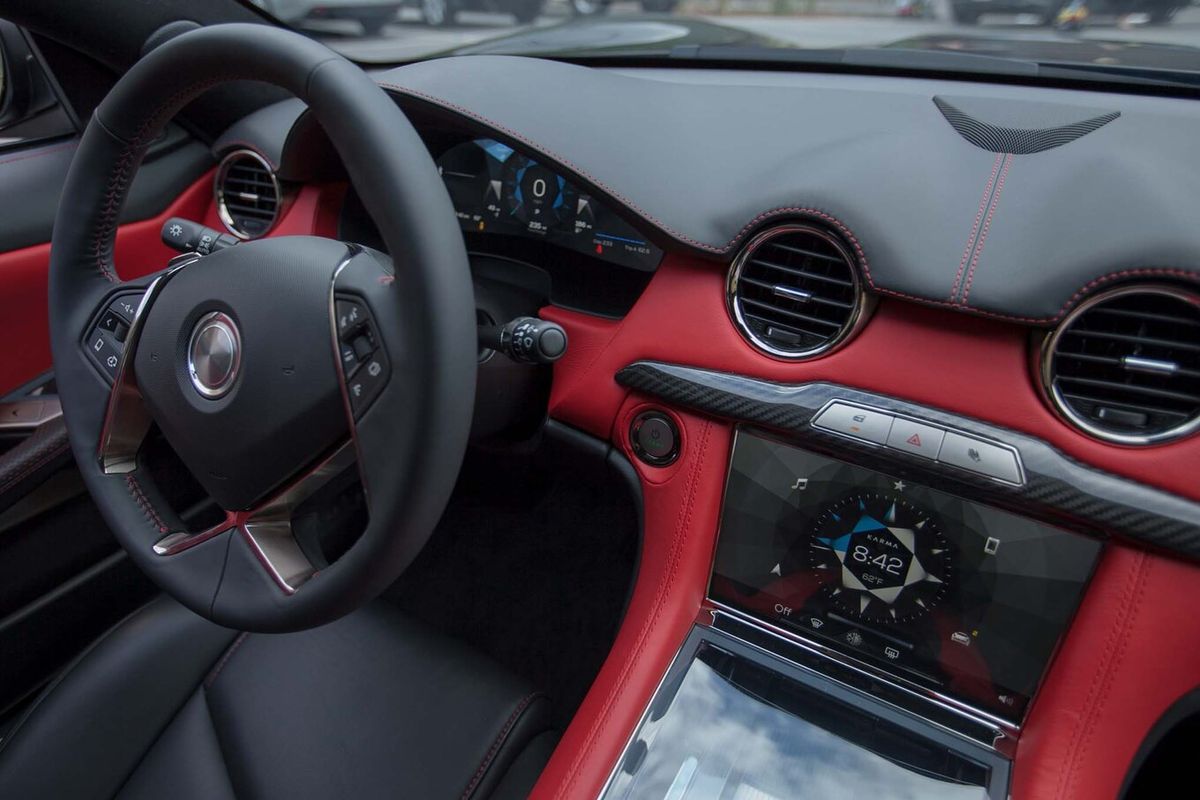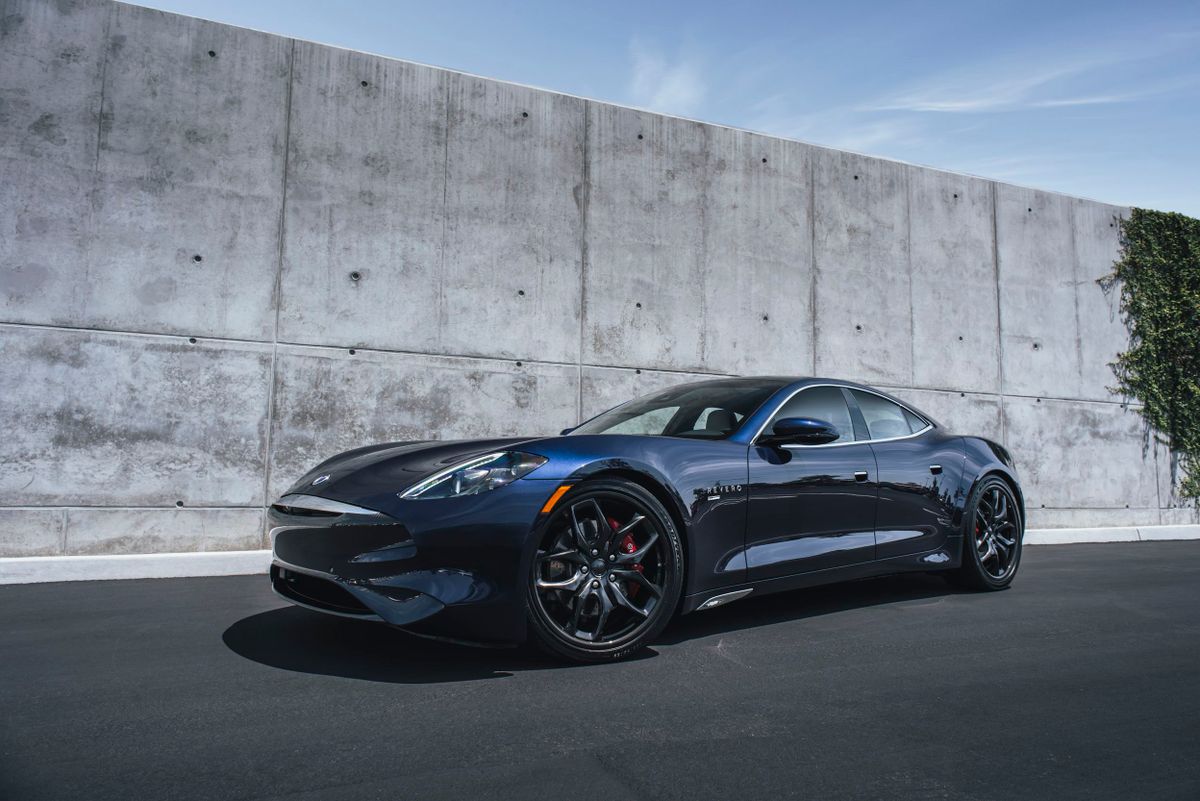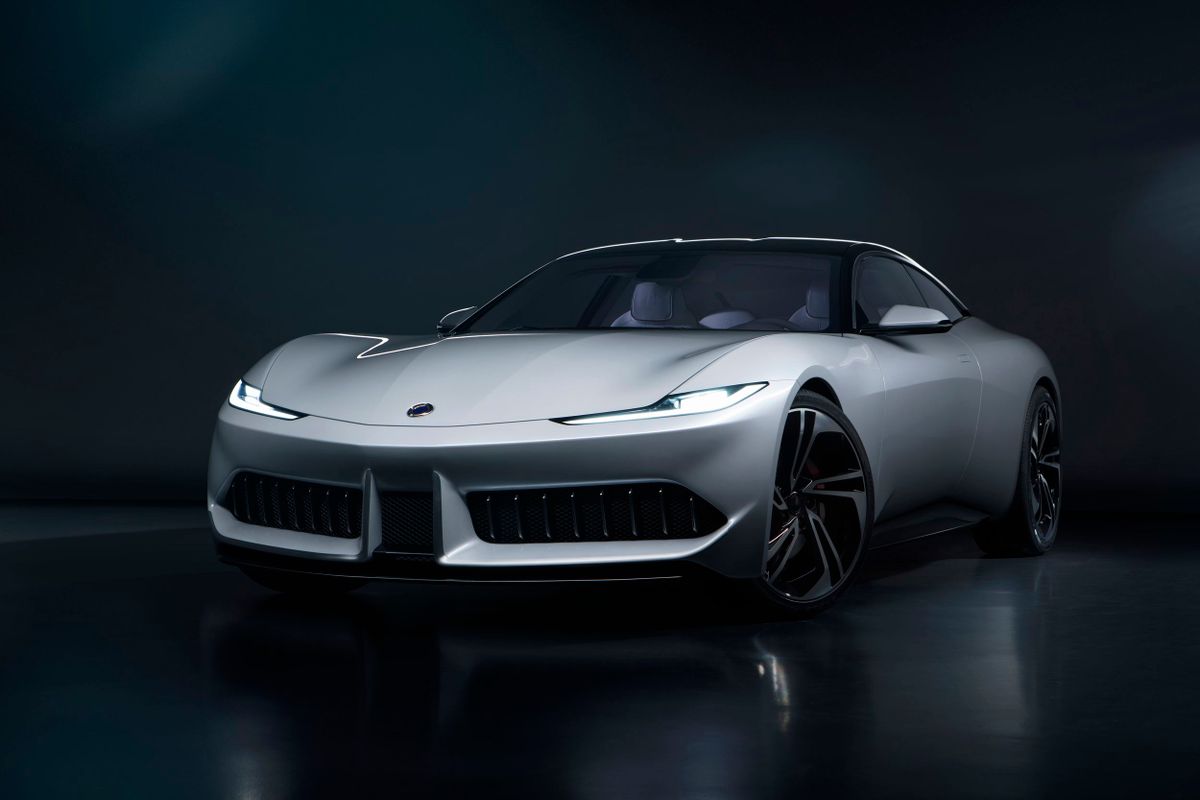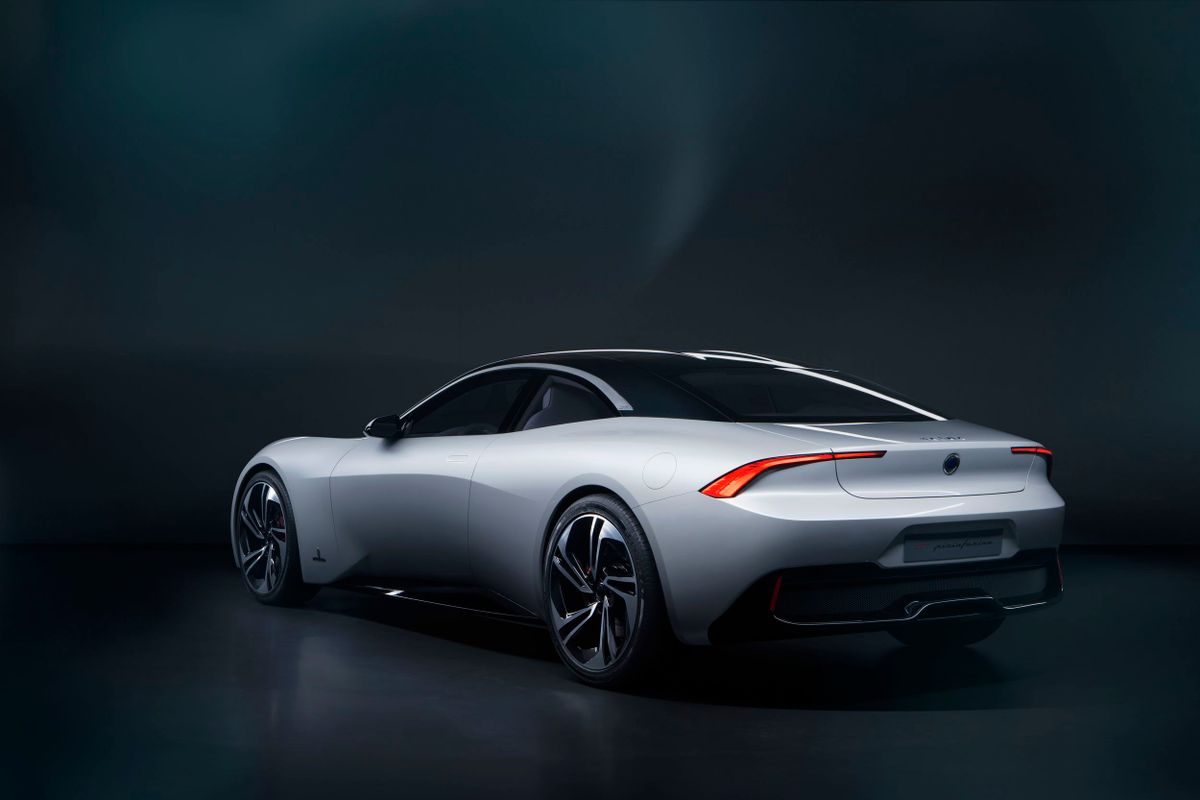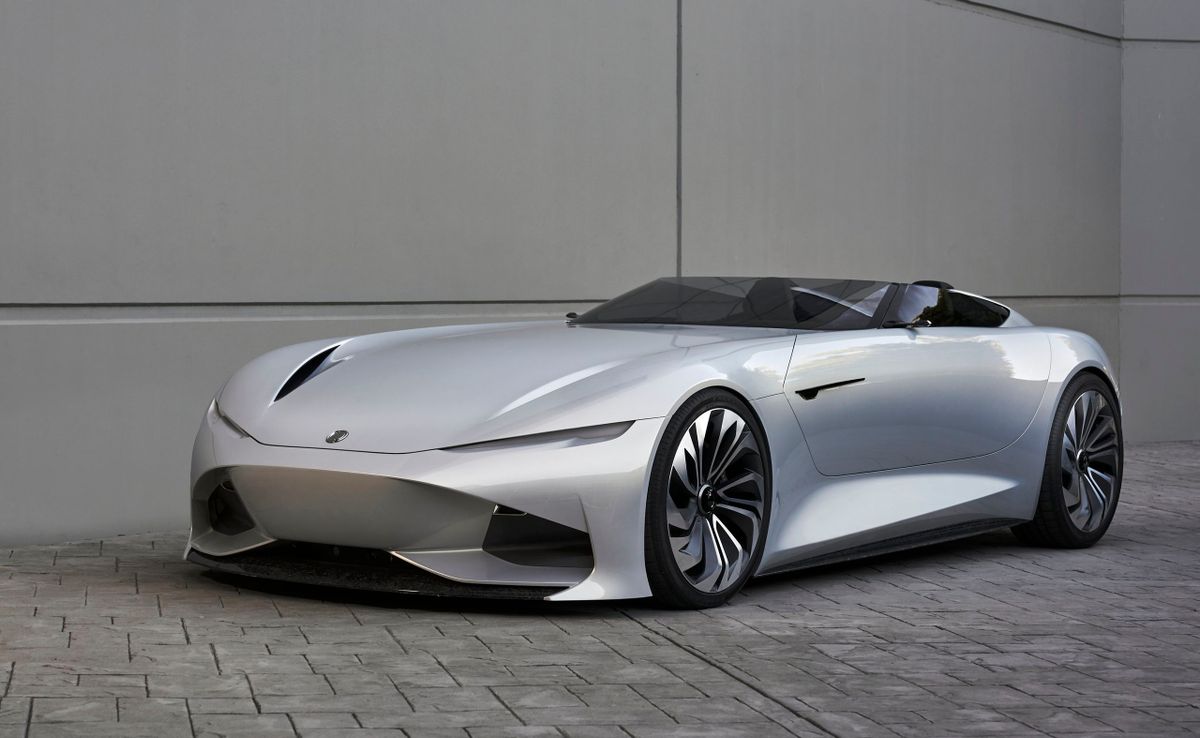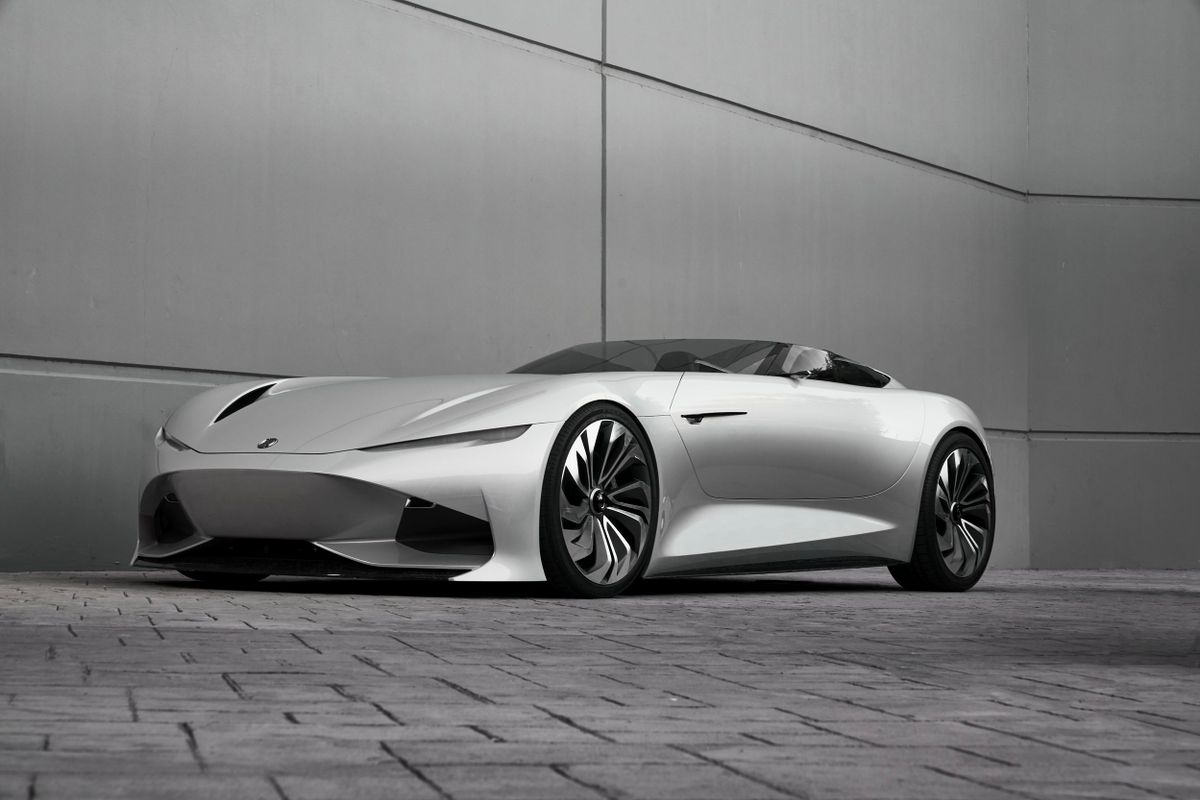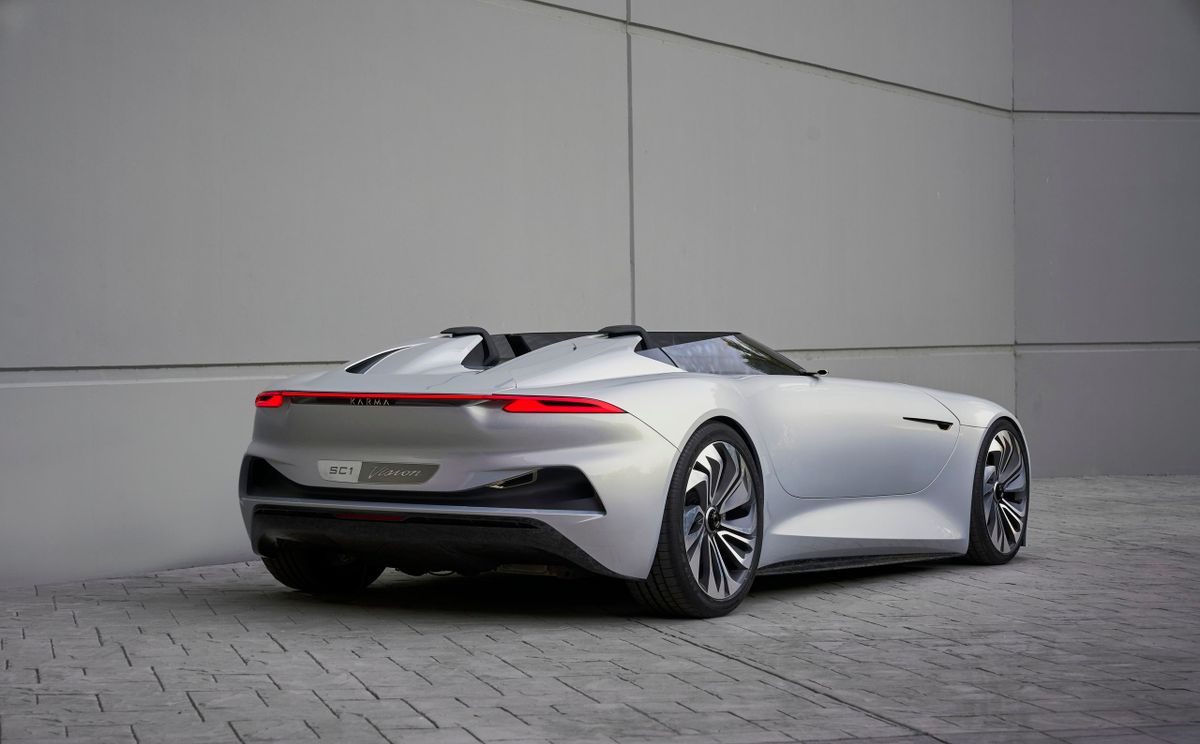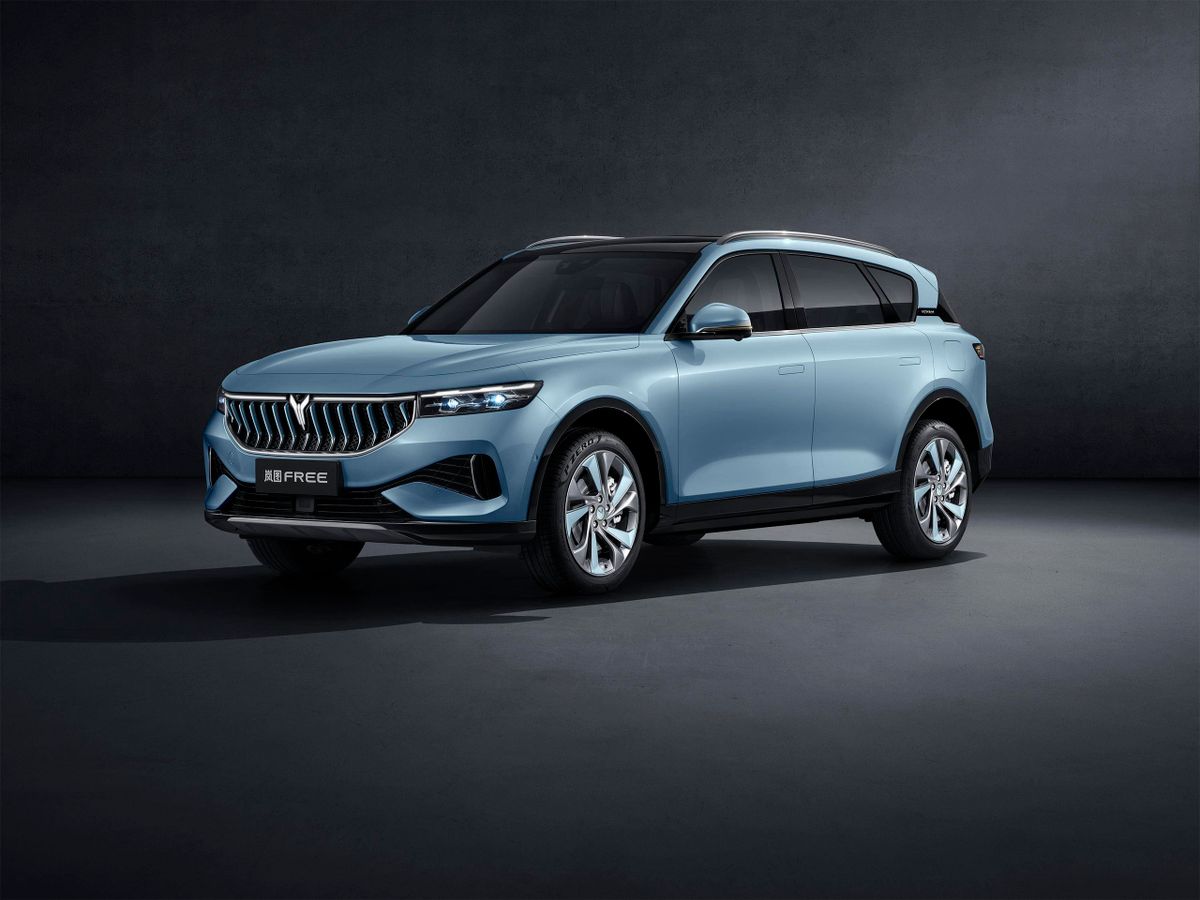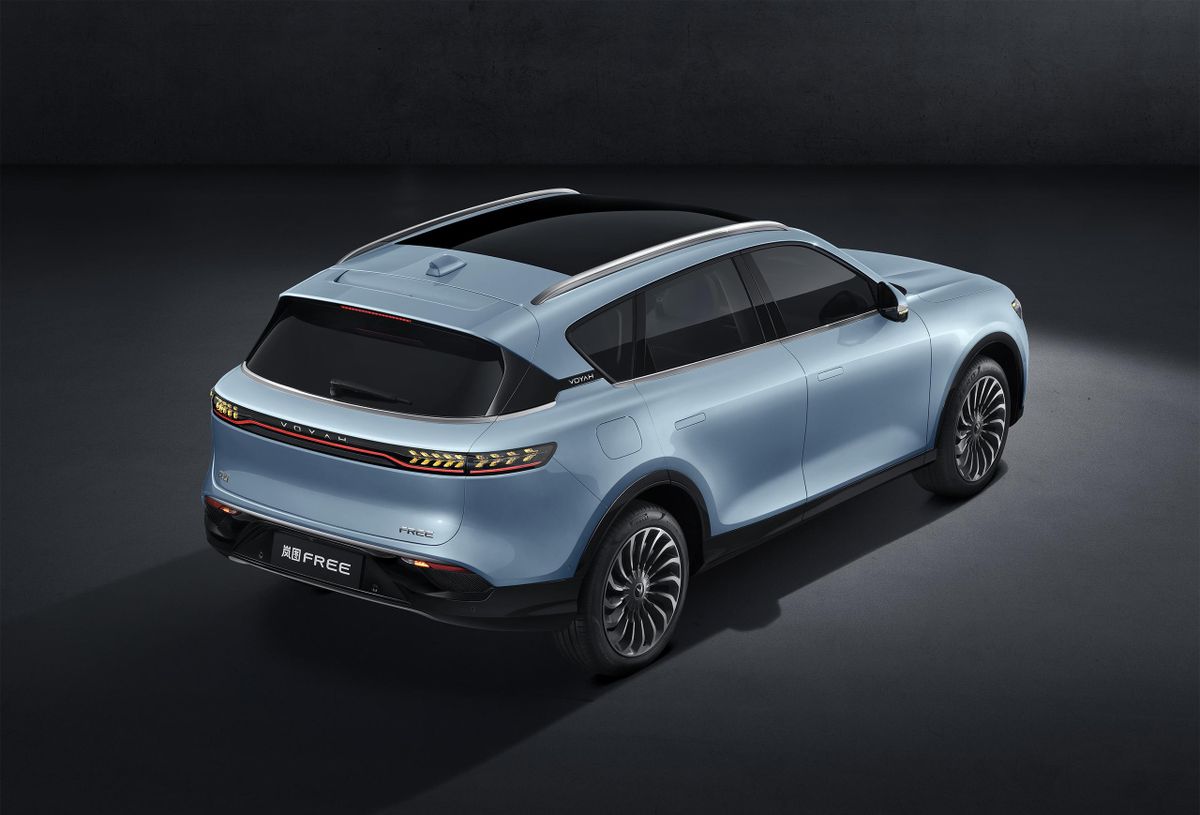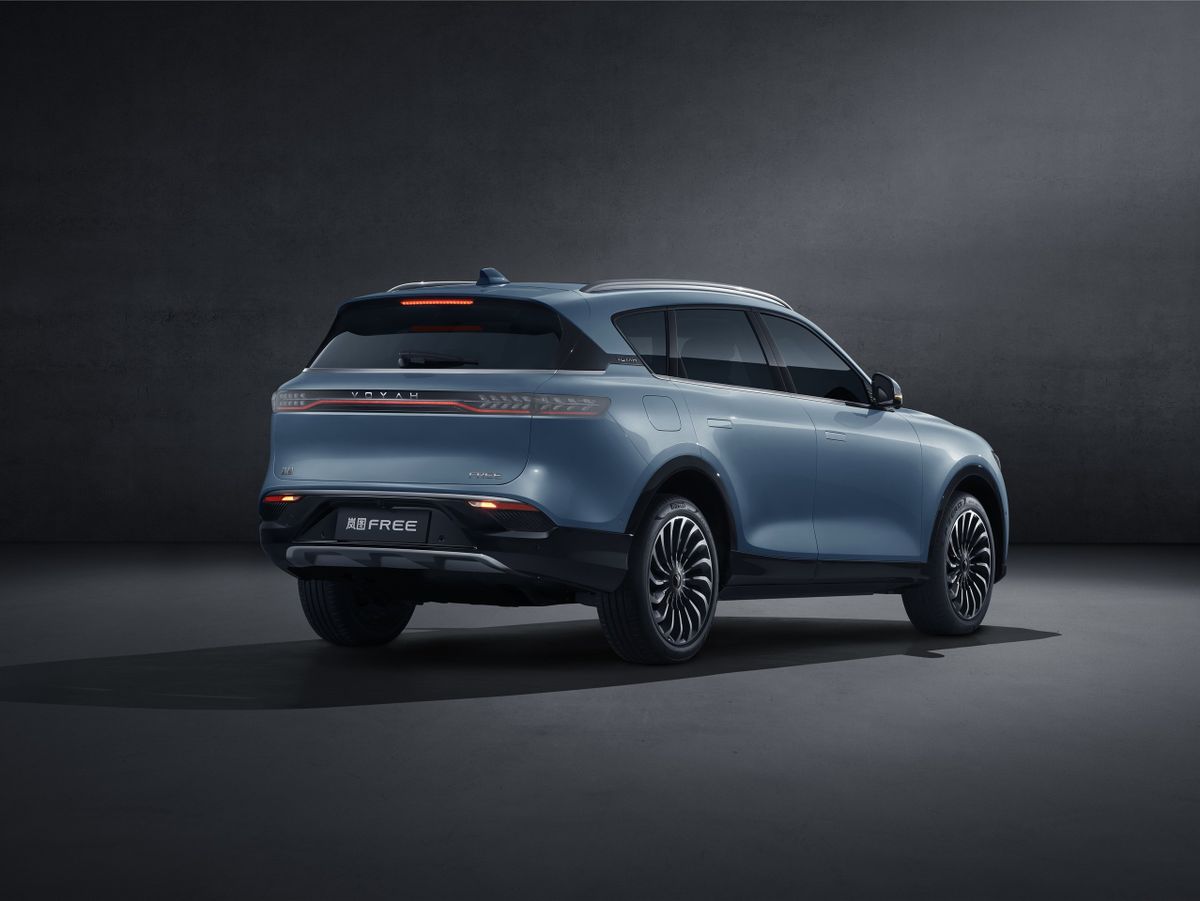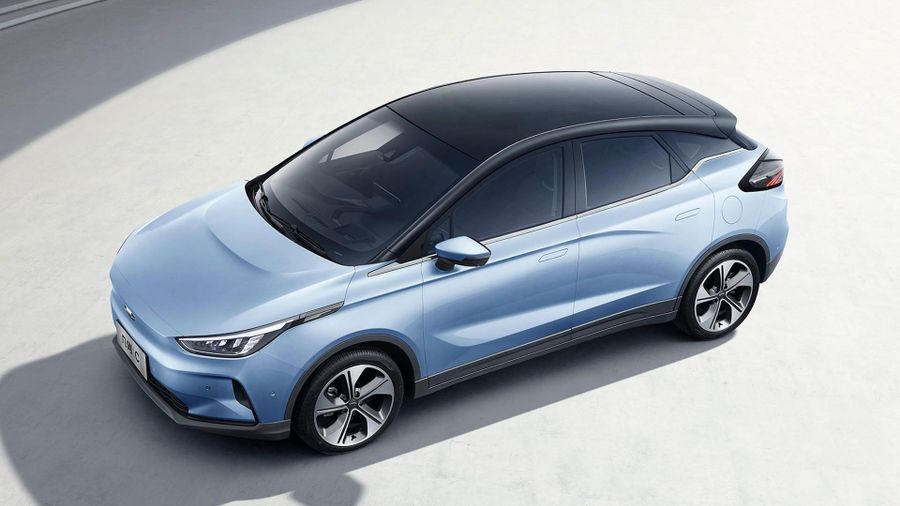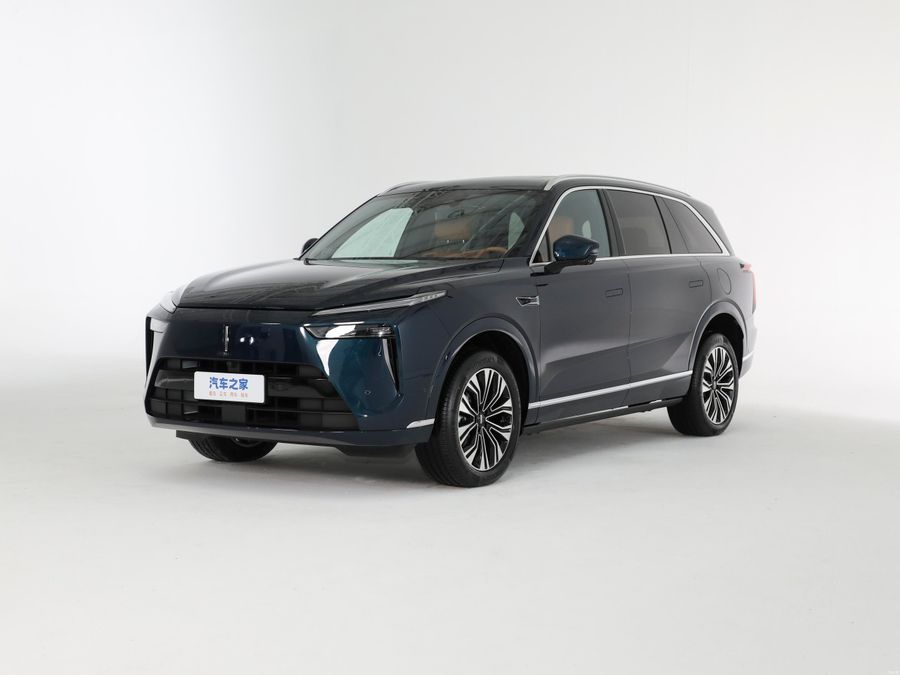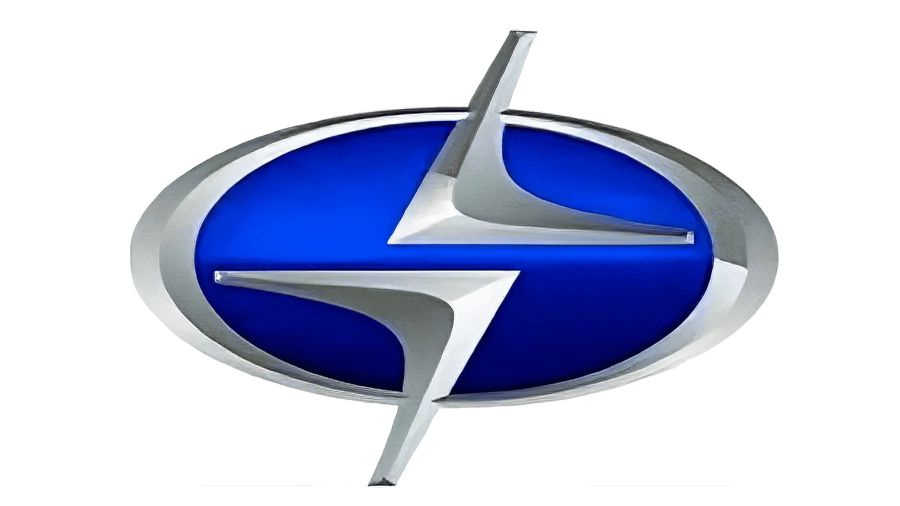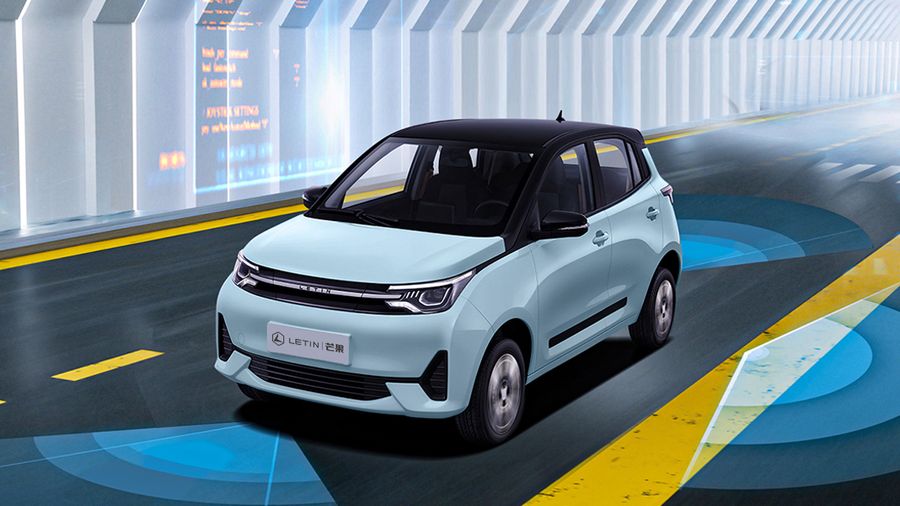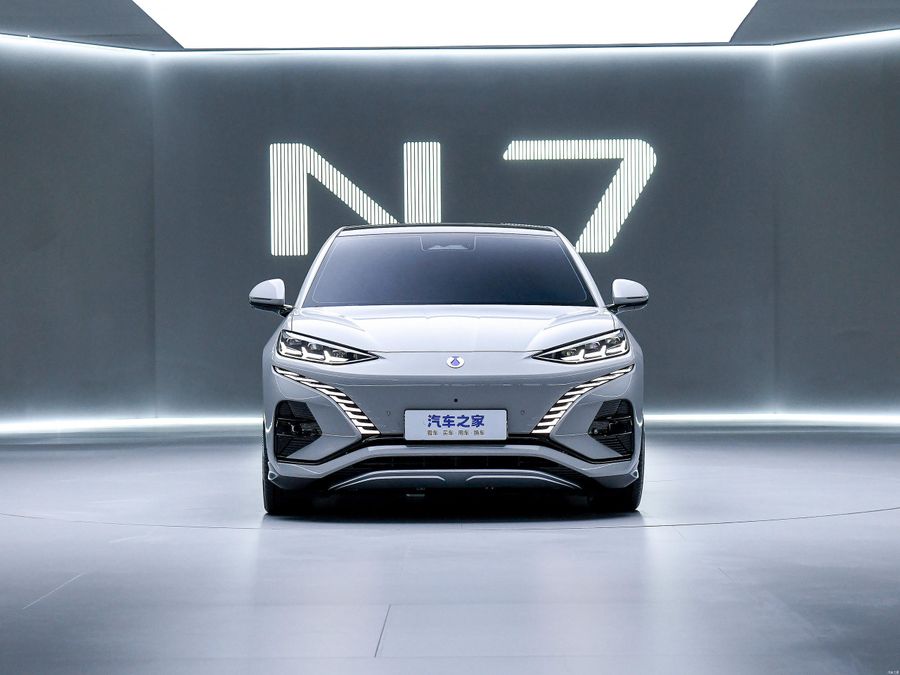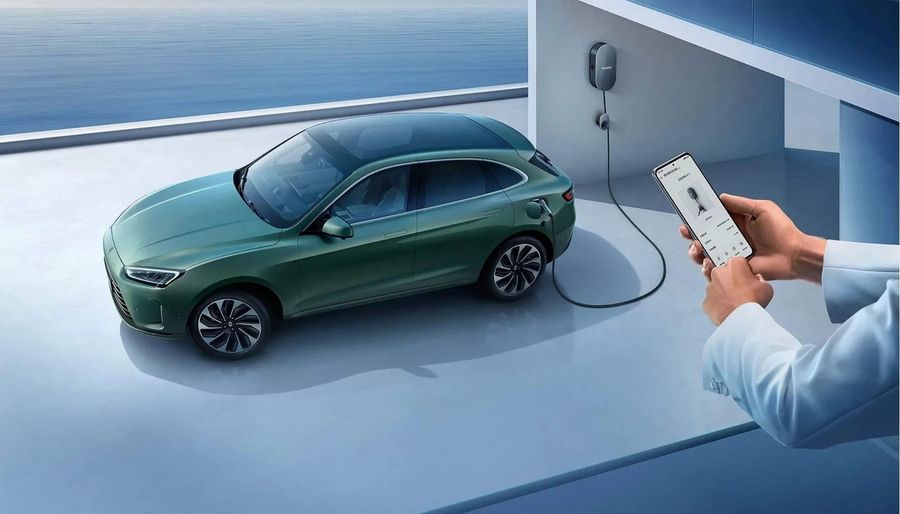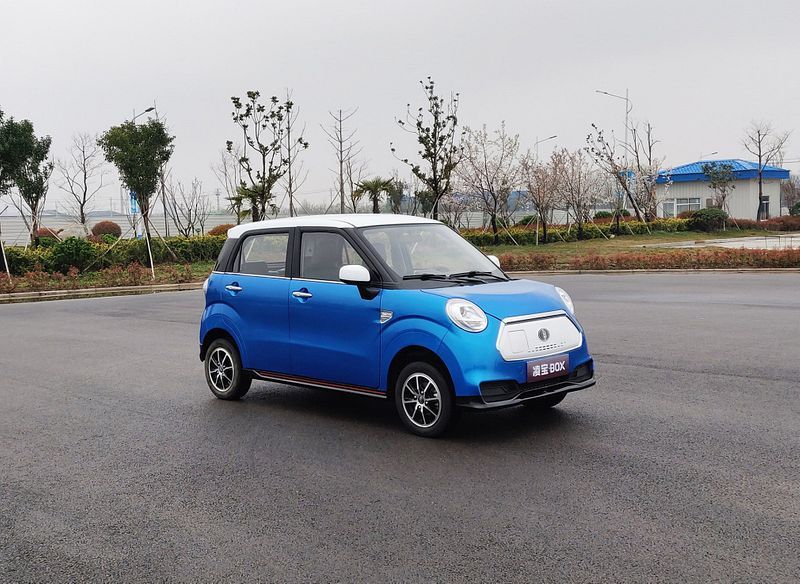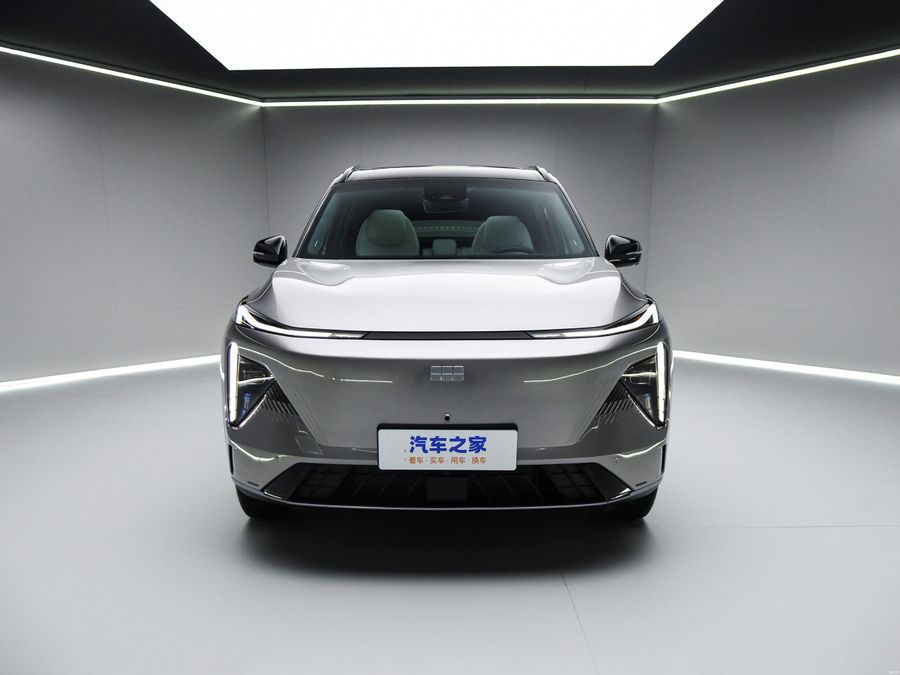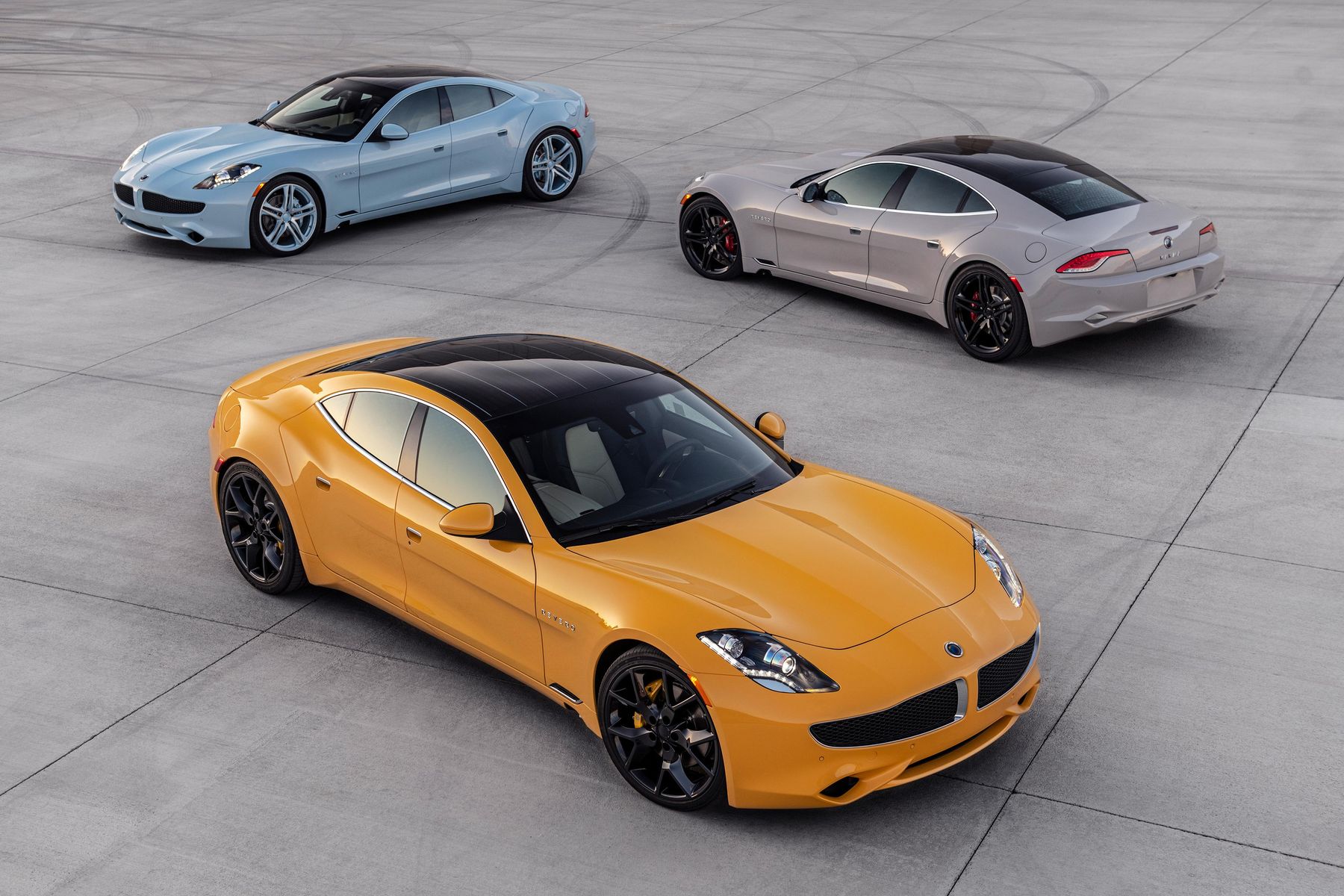
Karma. More good hybrids for various purposes
Karma (Karma Automotive) is an American-Chinese automaker that produces luxury sports cars with hybrid systems or electric motors. Its most famous creation, the production hybrid supercar, the Karma Revero, received the Green Car Journal’s 2018 Luxury Car of the Year award. The American company headquartered in Irvine (California, USA) belongs to the Chinese manufacturer of automotive components, Wanxiang. The majority of the brand’s models are available in the US and Canadian markets, but the manufacturer is determined to explore new sales channels, including countries in Europe and the Middle East, with China being the most promising market, where the Karma brand appeared in 2021. The company has big plans to expand the model range. In addition, the manufacturer intends to become an OEM supplier. Karma now offers other automakers a ready-to-use modular E-Flex platform in a hybrid version: a BMW gasoline turbo engine is installed in the front and two electric motors are on the rear axle. The manufacturer has already created 22 varieties of the platform, which differ in the location of the traction battery, the power of electric motors and other nuances. The developers claim that the Karma E-Flex platform is suitable for building a wide variety of cars: regular cars, sports cars, commercial vans, etc. There is even a possibility to install an automatic pilot. Of course, one can only wish the manufacturer to produce more different good hybrids. But it’s always interesting to know how it all started…
The very first sequential hybrid was invented at the dawn of the automobile industry by Ferdinand Porsche: a Lohner-Porsche Hybrid prototype appeared in 1901. In a sequential hybrid scheme, an internal combustion engine plays the role of a large generator: it is installed under the hood, but is in no way connected to the wheels. The engine rotational rate is always optimal, and the gearbox is not necessary. The only job of the engine is to generate current for the electric motor, which turns the wheels. Indeed, a sequential hybrid is an autonomous electric vehicle that does not require recharging from an external network. Such hybrids are effective in conditions of frequent stops, at low speeds, but good traction is necessary: urban public transport and mining trucks. Passenger vehicles rarely use the sequential scheme due to high power losses, but there are such examples: the Chevrolet Volt and its "twin" Opel Ampera. However, they failed to become bestsellers.
Fisker Karma
The Karma story began in 2007, when former Aston Martin designer Henrik Fisker founded Fisker in the United States. In 2011, Fisker Automotive launched the plug-in hybrid sports sedan, the Fisker Karma, with an electric driving range of 80 km. It was assembled not in California, where Fisker’s headquarters are located, but at the Valmet Automotive plant in Finland. In total around 2,450 cars were sold, pricing in the US started at 102,000 dollars for the entry-level model.
The car features a sequential hybrid system with a longitudinally located 2.0-liter four-cylinder gasoline turbo engine, which does not drive the wheels, but a 175 kilowatt generator that powers a lithium-iron-phosphate battery located in the central tunnel, and power consumers are two 150 kilowatt electric motors on the rear axle. When the battery is depleted (or during hard acceleration), the turbo gasoline engine is activated. The total engine power is 408 hp. The car accelerates from 0 to 100 km/h in 5.9 seconds. The roof of the car is covered with solar panels, which allow you to get the necessary additional energy, for example, to operate the air conditioner or the sound system.
In November 2012, the only battery supplier for Fisker Automotive, the Chinese company A123 Systems (now a subsidiary of the Chinese group Wanxiang), filed for bankruptcy after two battery withdrawals. The production of the sports car was stopped due to the absence of a single battery supplier. The company began to have serious financial difficulties. In March 2013, Henrik Fisker resigned and in November of the same year the court declared Fisker Automotive bankrupt. Since then, the paths of Fisker and Karma have diverged: Henrik Fisker has created his own electric car Fisker Ocean, a 5-seater mid-size electric SUV, the production of which will start in 2022 at the Magna Steyr plant in Graz, Austria.
Karma Revero
However, the bankrupt company was quickly bought out: in February 2014, the Wanxiang company became its new owner, paying 149 million dollars. The purchase excluded the Fisker brand and brands owned by Henrik Fisker. Therefore, Karma Automotive appeared. It debuted with almost the same car, now bearing the new name of Karma Revero, very similar to the more expensive original Fisker model, the price of which reached 130,000 dollars. The new owners of the company built their own factory in California. In addition, the company has a conveyor and about sixty robots, which should seriously increase the quality of production, which was the weak side of the cars produced under the Fisker brand.
The new Karma Revero looks similar to the original Fisker Karma except for a slightly modified bumper emboss and bi-xenon headlights. The company is particularly proud of the hand-applied logos on the body. The only novelty is a new multimedia system with modern graphics and Apple CarPlay functions.
The car still features a sequential hybrid system with a longitudinally located GM 2.0-liter (260hp) turbocharged 4-cylinder gasoline engine, which drives a 175 kilowatt generator, while the rear wheels are driven by two huge electric motors from the Chinese company JJE, with the total output of 409 hp and 1,330 Nm (30 Nm more than before). The lithium-ion traction battery is new, but the capacity has increased slightly, from 20.1 kWh to 21.4 kWh. The electric driving range has not changed (80 km). The total driving range with a charged battery and a full tank of gas is 483 km.
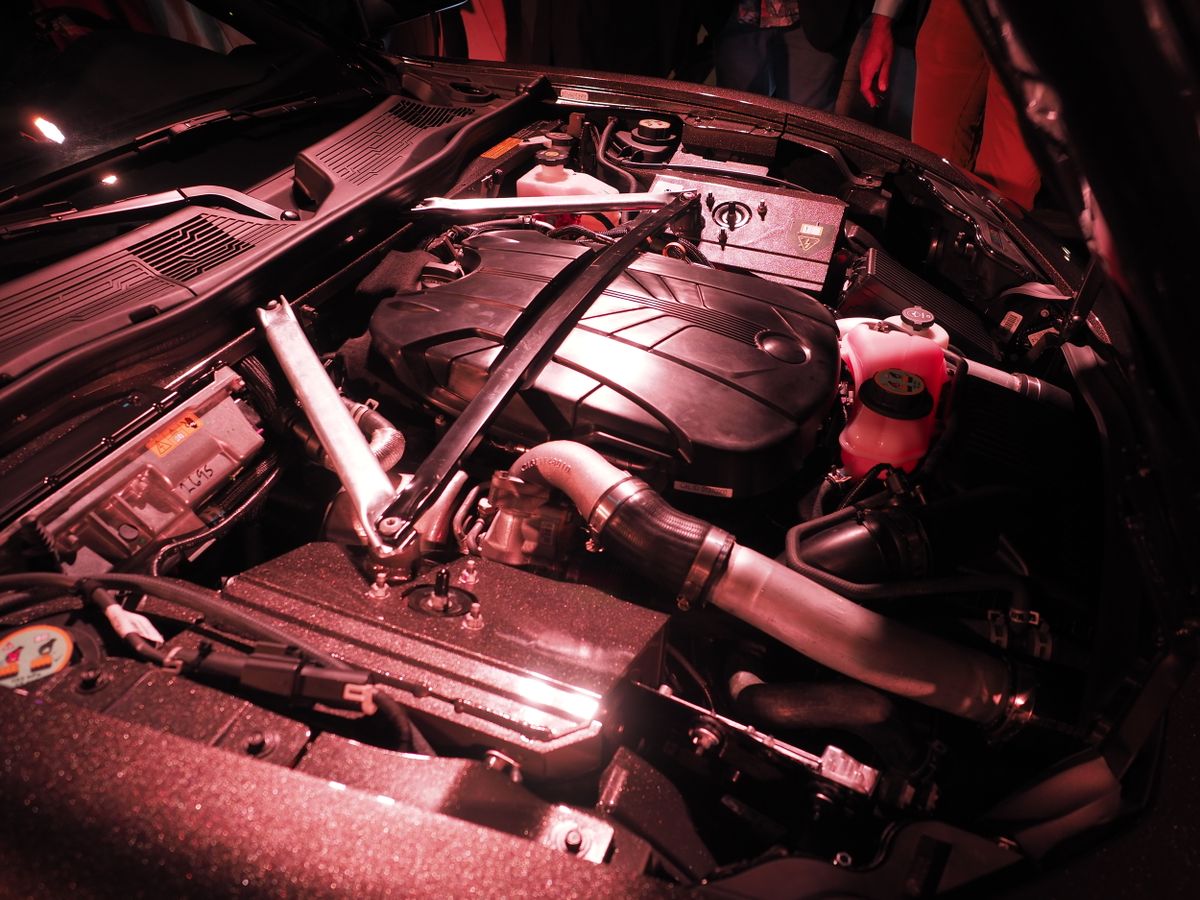
The car accelerates from 0 to 60 mph (97 km/h) in 5.4 seconds, while the top speed is still limited to 201 km/h. Of special note is a new charger with a capacity of 6.6 kW (instead of 3.3 kW for the previous model): if the electricity network allows it at the connection point, the battery of the Karma Revero will be charged twice faster than the Fisker Karma. A rooftop solar battery can generate power for 2.4 km on a nice day. In 2019, the manufacturer introduced new models, the Revero GT and Revero GTS.
Karma Revero GT
The GT version has a new design of the front end and a slightly modified power supply. Only the steering wheel and the ventilation deflectors have changed. But in fact, the volume of metamorphoses is much greater. The hybrid system is actually new. A 2.0-liter turbo four-cylinder engine from GM was replaced by a 1.5-liter 3-cylinder BMW engine, which is not connected to the drive wheels and only performs the function of a generator. The car is driven by two rear electric motors with a total of 542 hp instead of 409 hp. The maximum torque is 746 Nm.
In addition, the car features a new traction battery in the central tunnel, the capacity of which has been increased from 21.4 to 28 kWh. The electric driving range has increased from 80 to 129 km and the maximum range has increased from 483 to 579 km thanks to the more fuel-efficient BMW engine. Lighter aggregates and components also reduced the curb weight of the sedan from 2,452 to 2,290 kg. Acceleration from 0 to 60 mph (97 km/h) has been reduced from 5.4 to 4.5 seconds, while the top speed is limited to 201 km/h. In addition, the Karma Revero GT got a set of electronic assistants, including an automatic braking system and adaptive cruise control.
Karma Pininfarina GT
The Karma Pininfarina GT coupe is the first joint project with the famous Italian studio. The two-door 4-seater car was created on the basis of the Revero GT model, but has an original body, the design of which hints at future models of the company. The manufacturer has not yet announced the mass production of such a coupe, but it is possible that this model will enter the market.
Karma SC1 Vision
The Karma SC1 Vision roadster represents a vision of the distant future. Interestingly, the company created its appearance without the participation of Pininfarina. The model was inspired by the 1935 Hughes H-1 Racer sports plane. The car is 100% electric. Inside, there’s a new interface that includes head-up displays, eye tracking, biometric driver identification and ultrasonic sensors. The luggage compartment is located under the windshield, and access to it opens through incredible lifting doors. But so far, this concept is just a flight of designers' imaginations.
Among the latest sequential hybrid novelties, there is an elegant luxury SUV from the Chinese company DongFeng, the Voyah Free. Its sales started in June 2021, and it is already exported to Norway. Its engine consists of a 1.5-liter turbo gasoline engine with a capacity of 109 hp and a pair of electric motors. All the energy goes to the batteries: the internal combustion engine works like a generator. Purely on battery power, the car travels 140 km, while the total driving range reaches up to 860 km. You can read more about the different hybrids here.


